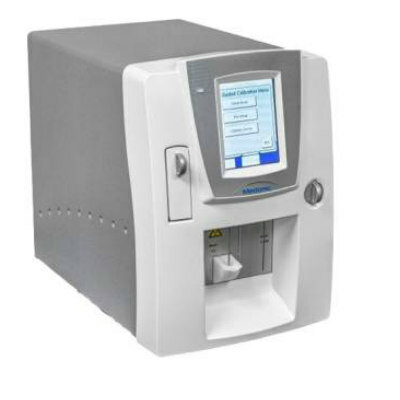Panel of siRNAs Acts as Biomarker for Diagnosis of Malignant Pleural Mesothelioma
By LabMedica International staff writers
Posted on 17 Jun 2014
A panel of four siRNAs (small interfering RNAs) has been cited as a potential biomarker that is able to differentiate malignant pleural mesothelioma (MPM) from noncancerous pleural tissue with reactive mesothelial proliferations (RMPs).Posted on 17 Jun 2014
Mesothelioma is a rare cancer of the lining of the chest, the abdomen, or other tissues. Exposure to asbestos (all fiber types of asbestos cause the disease) is the most common cause of this disease, with the vast majority of cases occurring following exposures that may have taken place decades earlier. Mesotheliomas can be seen ten years after first exposure, but they peak at three to four decades after exposure. The risk is life-long, and the prognosis is extremely poor, with death often occurring within twelve months of diagnosis, no matter what the treatment. Mesotheliomas appear as several cellular patterns and are difficult to diagnose. The most common lesions with which these may be confused are lung cancers.

Image: Micrograph of a pleural fluid cytopathology specimen showing mesothelioma (Photo courtesy of Wikimedia Commons).
Investigators at Copenhagen University Hospital (Copenhagen, Denmark) evaluated the possibility that miRNAs, which are small, noncoding RNA strands composed of approximately 22 nucleotides that have been shown to be potential diagnostic, prognostic, and predictive markers in other cancers would be useful biomarkers for differentiating MPM from RMPs. To this end they employed a quantitative RT-PCR (RT-qPCR)-based platform to screen the expression of 742 miRNAs in formalin-fixed, paraffin-embedded, preoperative diagnostic biopsy samples, surgically resected MPM specimens previously treated with chemotherapy, and corresponding non-neoplastic pleura (NNP), from five patients.
Results indicated that miR-126, miR-143, miR-145, and miR-652 were significantly down-regulated (≥twofold) in resected MPM and/or chemotherapy-naïve diagnostic tumor biopsy samples. Using results from these four miRNAs, tissue samples from patients with known outcomes could be classified as MPM or noncancerous with an accuracy of 94%, sensitivity of 95%, and specificity of 93%.
"Our goal was to identify microRNAs (miRNAs) that can aid in the differential diagnosis of MPM from RMPs," said senior author Dr. Eric Santoni-Rugiu, a researcher in molecular pathology at Copenhagen University Hospital. "The International Mesothelioma Interest Group (IMIG) recommends that a diagnostic marker of MPM have sensitivity/specificity of greater than 80%, and these criteria are fulfilled by our miRNA classifier."
The study was published in the June 6, 2014, online edition of the Journal of Molecular Diagnostics.
Related Links:
Copenhagen University Hospital













